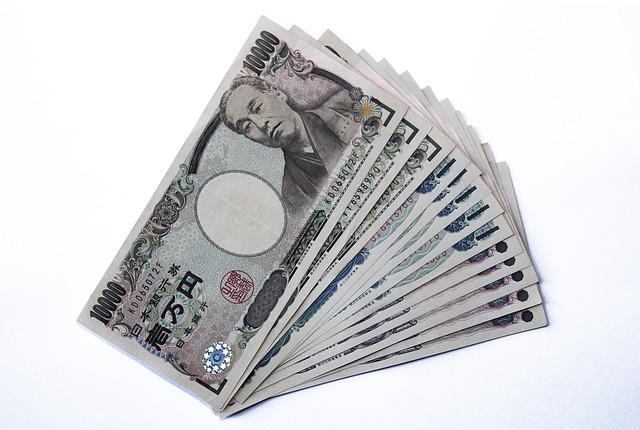In this article, we have covered the highlights of global market news about the USD/CHF, USD/JPY, GBP/USD and AUD/USD.
USDCHF: Growing downside pressure – Credit Suisse
Key resistance for the USD/CHF was rebuffed at 1.0071. Credit Suisse analysts see indicators of increasing downward pressure.
“We believe that there is increasing downward pressure. To avoid triggering a bearish “double top,” key support is identified at the 55-day average and the most recent price low at 0.9840/38. If this level is broken, it would likely open the road to 0.9737 and eventually the 200-day average at 0.9616.
“However, a persistent rise above 1.0071/1.0148 would refute notions of a drop lower within the range and instead signal a greater rebound towards 1.0235,” the report said.
USDJPY Price Analysis: Struggles at two-week low, bears seek breach below 145.00 mark
During the early European session on Wednesday, the USDJPY pair failed to benefit from its little intraday gain and received new selling at the 146.00 level. The pair is still at the mercy of the US Dollar’s price dynamics and is trading at a nearly two-week low, just below the mid-145.00s.

In fact, amid rumors that the Federal Reserve would decrease the speed of its rate-hiking cycle, the USD Index is hovering close to its lowest point since September 20. This supports the safe-haven Japanese yen and puts some pressure on the USDJPY pair, combined with uncertainty about the outcome of the US midterm elections.
However, the Fed’s expectation of increasing interest rates by at least 50 basis points in December continues to maintain the high US Treasury bond yields. On the other hand, the Bank of Japan has stuck to its goal of keeping the yield on 10-year bonds at zero percent. Widening of the US-Japan rate disparity as a consequence may prevent losses for the USDJPY pair.
A new trigger for bearish traders could be spotted in the overnight decline below the 200-period SMA on the 4-hour chart from a technical standpoint. Furthermore, acceptance below the 146.00 level may have already prepared the ground for further depreciating action. However, the development of some purchasing before the psychological level of 145.00 calls for caution.
GBPUSD hits a new daily low and targets the mid-1.1400s as the USD increases somewhat.
On Wednesday, the GBPUSD pair drifted downward and pulled farther away from its recent high of almost a week, which was at the round number of 1.1600. In the opening hour of the European day, the selling tendency intensifies, pushing spot prices to a new daily low in the 1.1470-1.1465 range.
The US Dollar is being helped by several reasons to halt its current decline to its lowest level since September 20, which is regarded as a headwind for the GBPUSD pair. The markets are still pricing in at least a 50 basis point rate rise in December despite decreased expectations for a more aggressive policy tightening by the Fed. This continues to maintain the high US Treasury bond rates, which helps sustain the safe-haven dollar and the general market apprehension.
On the other hand, the Bank of England’s pessimistic assessment of the UK economy continues to damage the British Pound. In fact, according to the UK central bank, a recession will linger through the whole year 2023 and the first part of 2024. Additionally, the BoE suggested a lower terminal high last week than the markets had anticipated. In addition, the Sterling is affected by some cross-driven weakness brought on by an intraday increase in the EURGBP pair, which adds to the GBPUSD pair’s moderately offered tone.
AUDUSD shows market uneasiness approaching 0.6510 obstacles, US politics, and inflation in focus.
During political and economic news, AUDUSD records its first daily loss in the last four days, neatly justifying its reputation as a risk gauge. However, the Australian pair is still down at 0.6490 and is only slightly offered going into Wednesday’s European session.

Republicans and Democrats are engaged in a tug-of-war that has so far failed to send any important messages about the upcoming mid-term elections. The current mood has been negative due to worries over a government shutdown.
The recent virus-related lockdowns in China and the multi-month high COVID statistics are other factors reducing the market’s appetite for risk. With the most recent addition of 8,335 for November 2008 and a new virus-led lockdown in Guangzhou’s second district, China recently reported the highest number of new COVID cases in six months.
Following news of Democrat John Fetterman’s recent victory in the election for the Pennsylvania Senate, other market movements included a recent increase in US Treasury rates and a recent decline in S&P 500 Futures.
Please click here for the Market News Updates from 8 November, 2022.

